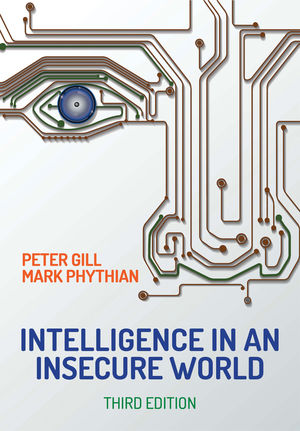In the early hours of November 2014, a gunman walked into a crowded library on the campus of Florida State University and shot three students before being killed by police. At the time of the shooting the library was crowded, with about 600 students inside, so many lives were saved.
David L. Perry, Assistant Vice President for Safety and Chief of Police for Florida State University, was on duty that night.
In a webinar, “Before the Shots were Fired – Surviving an Active Shooter at Florida State University,” Perry stressed the fact that he and his team have learned from the events of that evening.
“We have warning after warning based on other campus incidents,” he said. “The reminders are painful so we have to learn from them. One of the main key learning points that I stress is that every single counts when you respond to a critical incident or active shooter call. The average time to respond is 4-8 minutes, and when lives are at stake, that time seems like an eternity.”
On November 20, Perry had two dispatchers and three public safety officers, which was understaffed, and that was a learning point, he said.
The shooter had exhibited bizarre behavior to his family prior to the shooting, telling them that voices in his head told him to hurt people, but his family didn’t share the information with law enforcement, and didn’t give him any assistance. And because of that, FSU had no warning signs prior to the shooting.
Immediately after the shooting much of the national media descended on the FSU campus, asking for answers from the University president who had only been on the job for 10 days. Perry said, “Our press conference was successful because I organized meetings with key personnel before the press conferences, so we were all on the same page before entering the huge gauntlet of reporters and their questions. With the media, don’t ever speculate, stay calm, give them straight and honest answers and update in a timely manner.”
The power of social media, he said, is huge and our department didn’t have a presence at the time, which could have helped to reduce panic.
The campus reopened the day after the shooting, Perry said, and the University president and provost interacted with staff and students to ensure their safety. There was an outpouring of support towards Perry and his staff from the students.
Overall, Perry stressed that many lessons were learned that day. “In terms of notification, everything won’t go 100 percent correct,” he said. “You have to have a hierarchy of people to call, as technology won’t always work and people won’t answer their cell phone, so have backup systems when it comes to notification. Also remember that everything is accelerated in the heat of the moment. And all contact information must be updated all the time.”
Also, he said damages to a library window didn’t get fixed for 2 days but it almost re-traumatized the students, so he would have had the window replaced immediately after the shooting.






